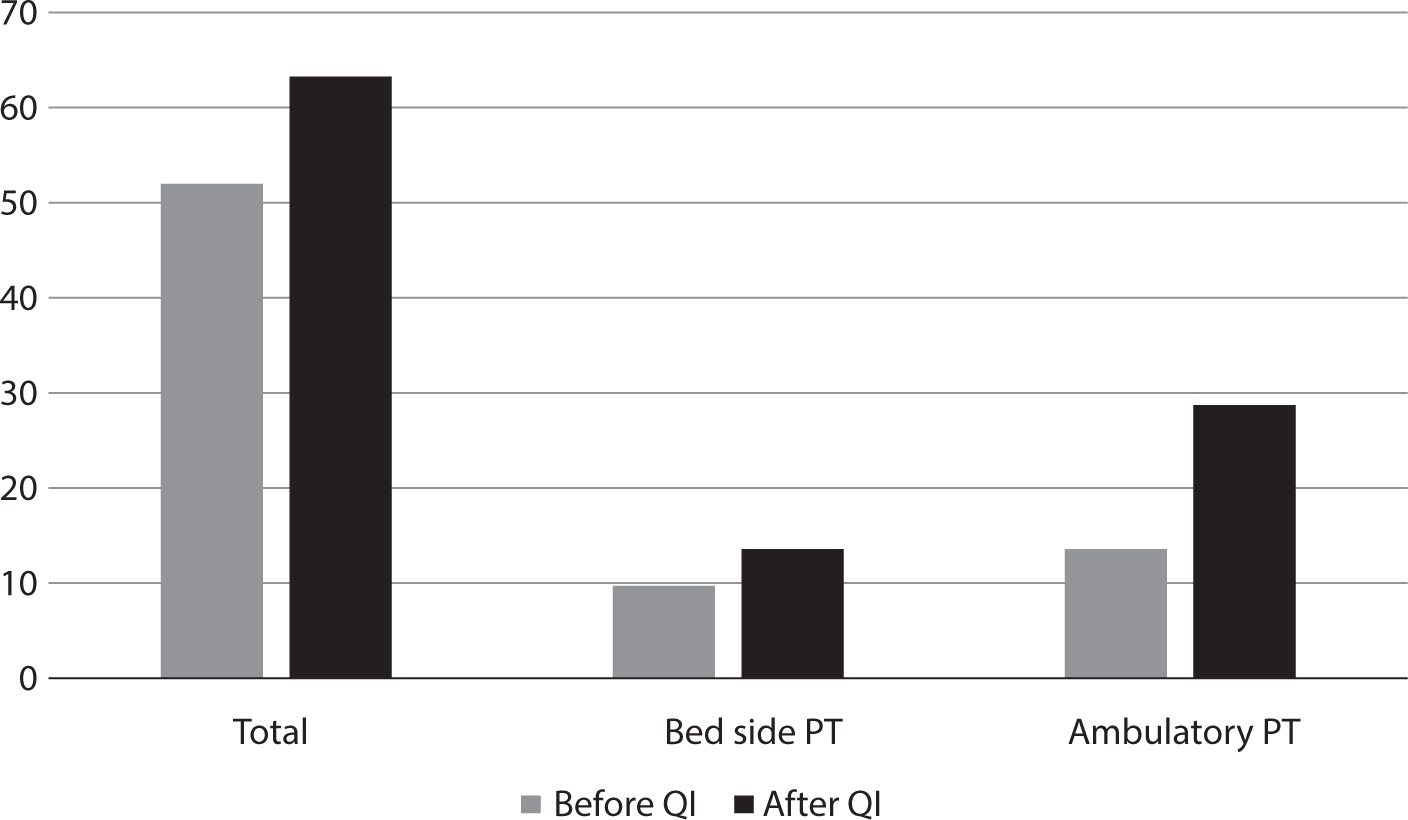
 , Ha Na Yoon
, Ha Na Yoon , Kyu Hyun Kim
, Kyu Hyun Kim , Geun Sik Hong
, Geun Sik Hong , In Wook Ryu
, In Wook Ryu
Overactive bladder(OAB) is a symptom syndrome including urinary urgency with or without urinary incontinence, usually combined with frequency and nocturia. There are lots of reports concerning the first-line treatment for OAB, the treatment is still challenging. Extracorporeal magnetic innervation(ExMI) therapy have been known to be safe and effective immediately in stress urinary incontinence and OAB. The aim of this study was to assess the effect of suprapubic magnetic innervation therapy by arm-typed plate in patients with OAB.
The selected subjects were 32 patients diagnosed with OAB between the periods of April to September, 2007. Mean age was 48.3±10.7 years old, and there were 10 males and 22 females patients. Voiding diary, International Prostatic Symptoms Score(IPSS), quality of life(QOL) questionnaire were evaluated as assessment of voiding symptoms. The treatment was performed for 15 minutes, 2 times a week, for 6 weeks with ExMI by arm-typed plate(BioCon-2000. M-Cube, Korea). All of the evaluations were repeated immediately and 3 months after treatment.
The mean urgency episodes decreased from 13.2±1.81 times to 8.7±1.95 times immediately after treatment and 9.6±2.18 times at 12 weeks after treatment(p<0.05). At 6 weeks after starting treatment, the mean frequency decreased from 5.4±1.58 times to 3.6±1.37 times(p<0.05), but the mean frequency after 6 months was 4.3±1.72 times(p>0.05). Significant improvements immediately after treatment were noted in the frequency, urgency, and QOL in IPSS, which were maintained for 3 months(p<0.05). There were improvements in mean voided volume, but these were minimal.
The symptoms of OAB are highly prevalent and significantly affect the quality of life. Effective and prompt management of OAB should be implemented. Our datas suggested that the EXMI therapy by arm-typed plate has the favorable effect on OAB and it may be persist for at least 12 months. Further studies are needed to establish the long-term efficacy of EXMI therapy in patients with symptoms of OAB.

